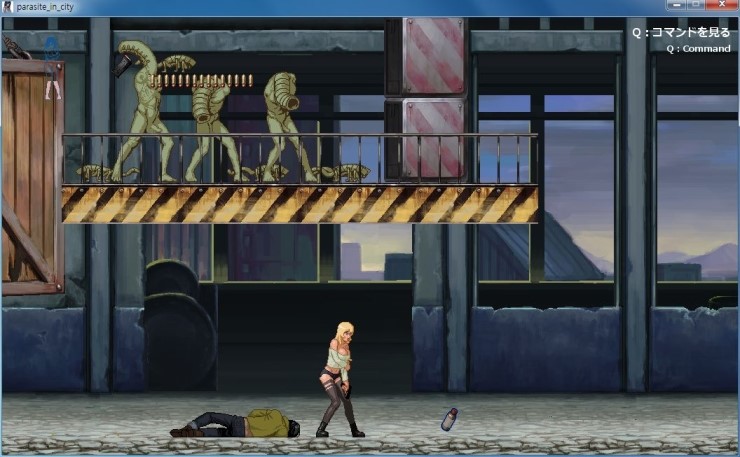

“It’s a reflection of man-made climate change leading to this change in epidemiology.”Įxperts are learning more about the ecology of the amoeba and what triggers it in particular waters and people. I don’t think there’s any scientific question about that,” Schleiss said.

He said the emergence of the amoeba in Minnesota may have other implications. “It is on people’s radar,” Schleiss said. Mark Schleiss, head of the University of Minnesota Medical School’s division of pediatric infectious diseases and immunology, said Annie’s and Jack’s deaths have prompted an effort to educate medical professionals to be on the lookout for symptoms. Centers for Disease Control and Prevention in Atlanta. “It’s rare to begin with, no matter where you are in the country, but certainly physicians in Texas or Florida think of it more often than physicians in Minnesota,” said Jennifer Cope, an epidemiologist and infectious-disease physician with the U.S. The appearance of Naegleria fowleri in Minnesota has piqued officials’ interest because it indicates its geographic range is spreading northward. Health experts and government officials contacted for this report offer some ideas. The unimaginable horror of a child suffering and dying after pursuing one of Minnesota’s most treasured summer pastimes raises questions of: Why here? Why now? And, more important, what can we do? Two other children’s deaths may also have been caused by the parasite after swimming in Minnesota lakes. Two years later, 9-year-old Jack Ariola Erenberg died of the same infection after swimming in the same lake.


The parasite was later found in Stillwater’s Lily Lake, where Annie had been swimming. Between 19, there were 128 cases of the parasitic infection reported in the United States, mostly in the South. 21, 2010, her death attributed to Naegleria fowleri, a vicious parasite that lives in warm freshwater all over the world and is harmful when it enters the human body through the nose. “At one point, she sat up and said, ‘My head hurts terrible,’ ” Bridget Bahneman said. Paul.īut Annie’s parents, Chad and Bridget Bahneman, knew something was horribly wrong when a delusional Annie asked why there were animals in her hospital room. Or when she lay seizing in her mother’s arms as her father raced the family car from Stillwater to Children’s Hospital in St. It wasn’t clear when the 7-year-old’s fever hit 104 degrees and she started throwing up and couldn’t stop. It wasn’t clear what kind of monster was inside Annie Bahneman until an autopsy revealed the presence of a rare brain-eating amoeba.


 0 kommentar(er)
0 kommentar(er)
